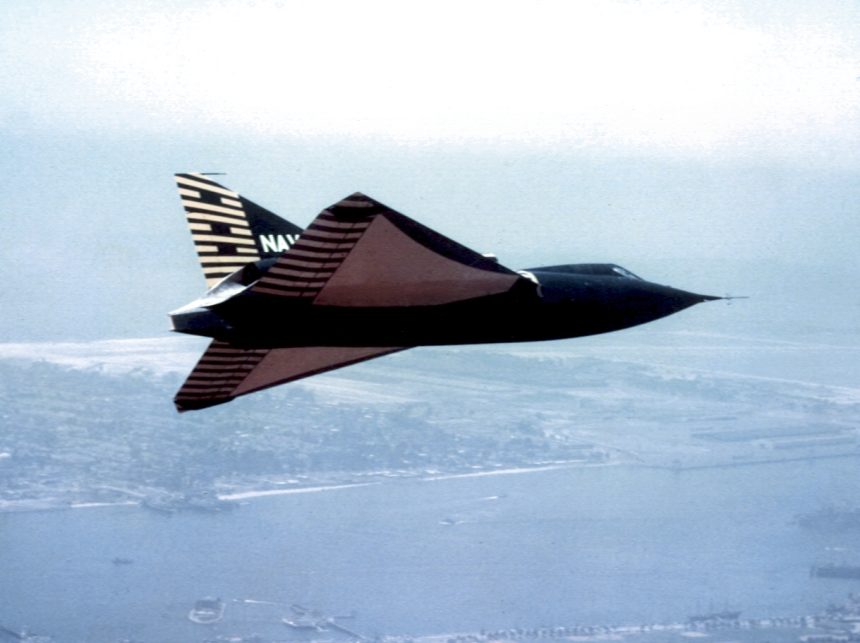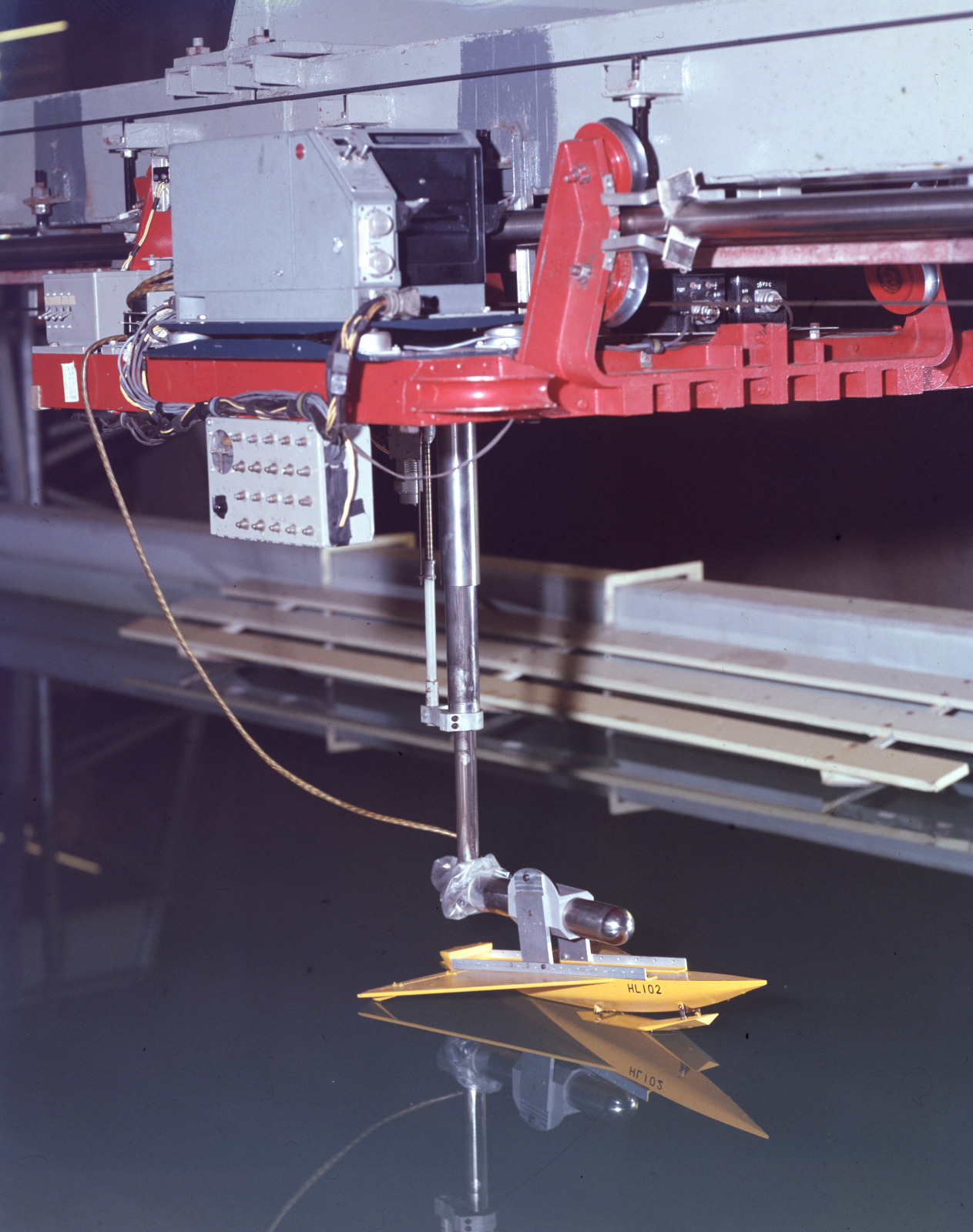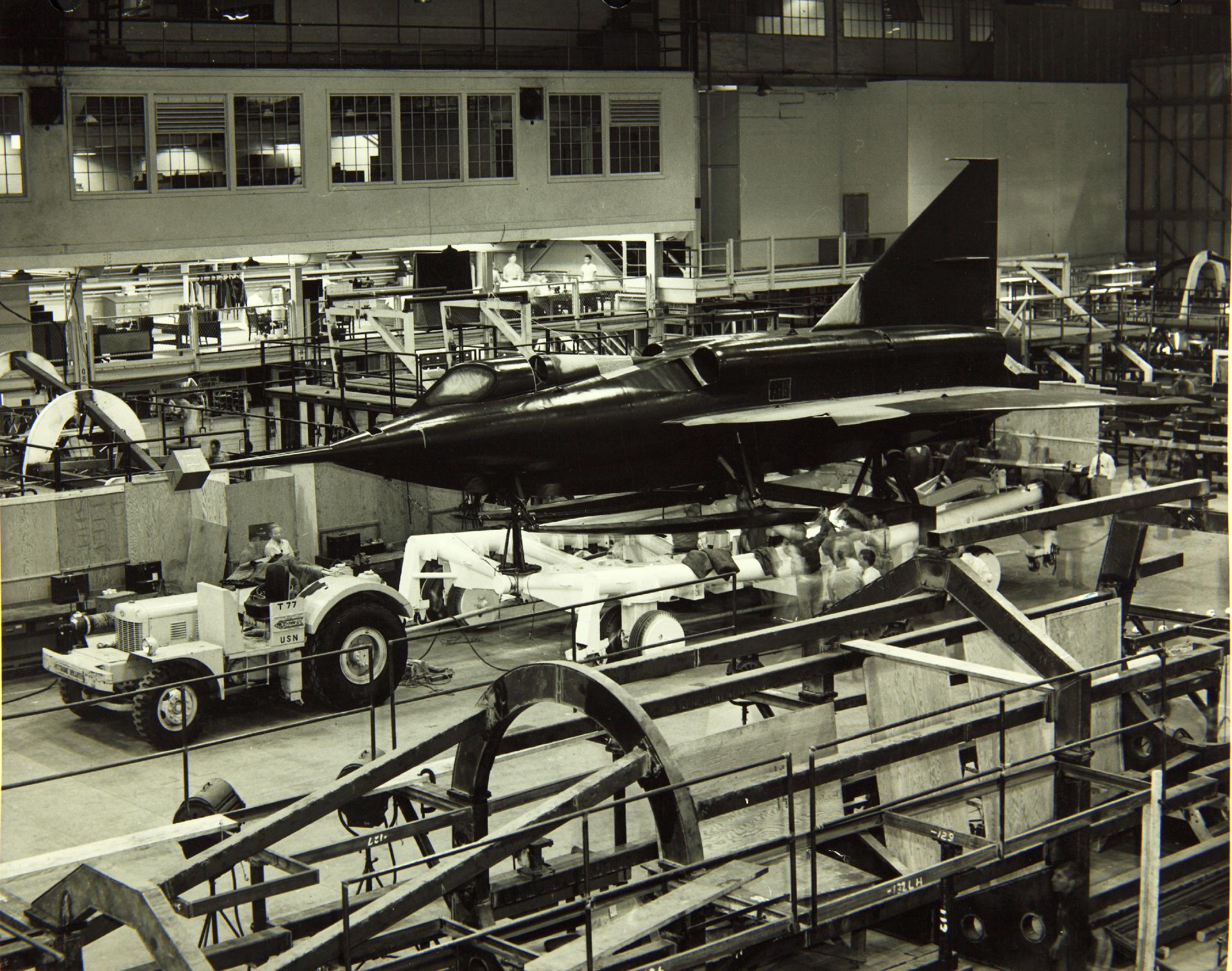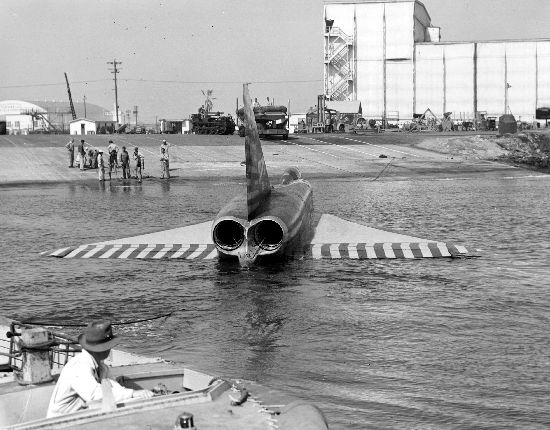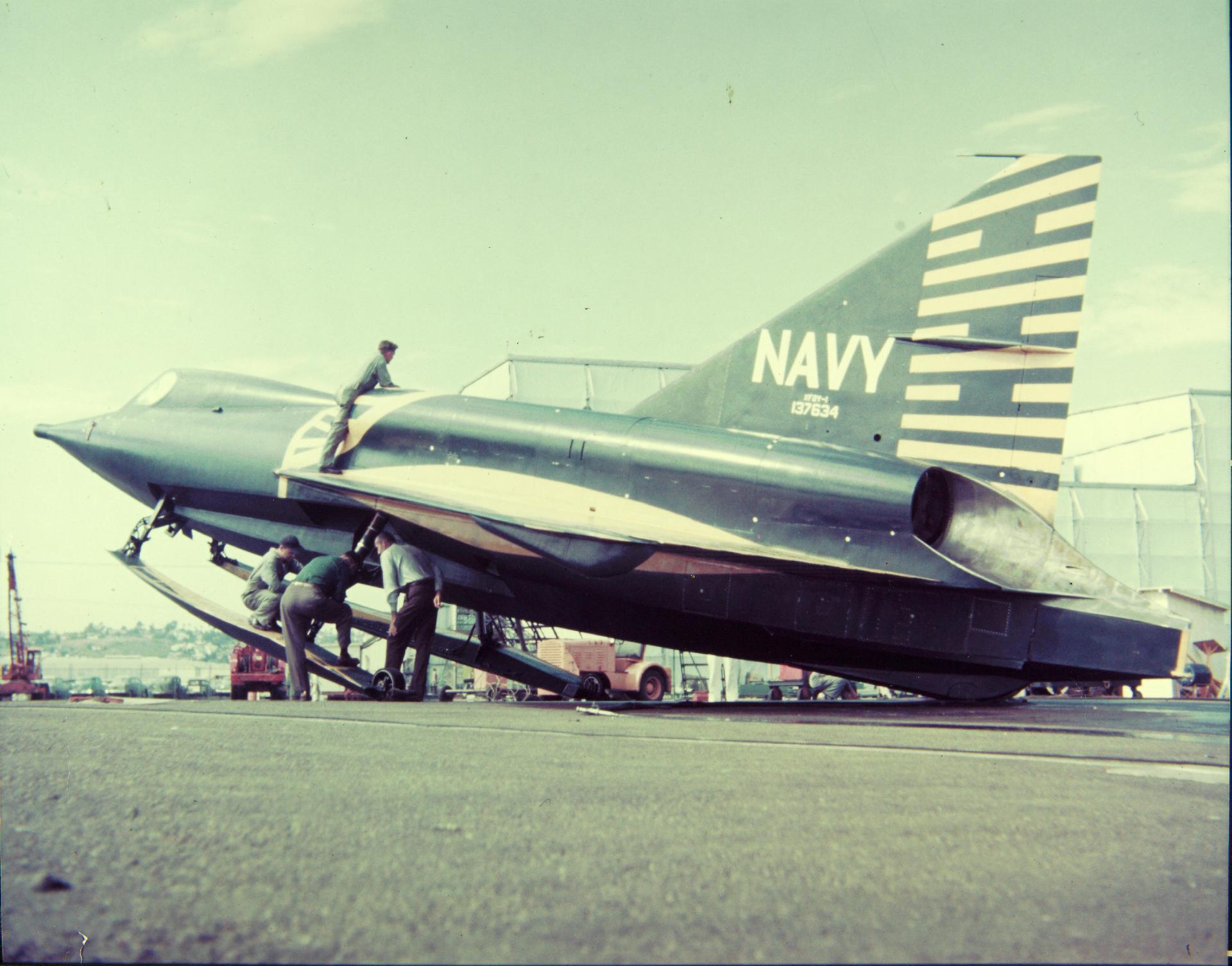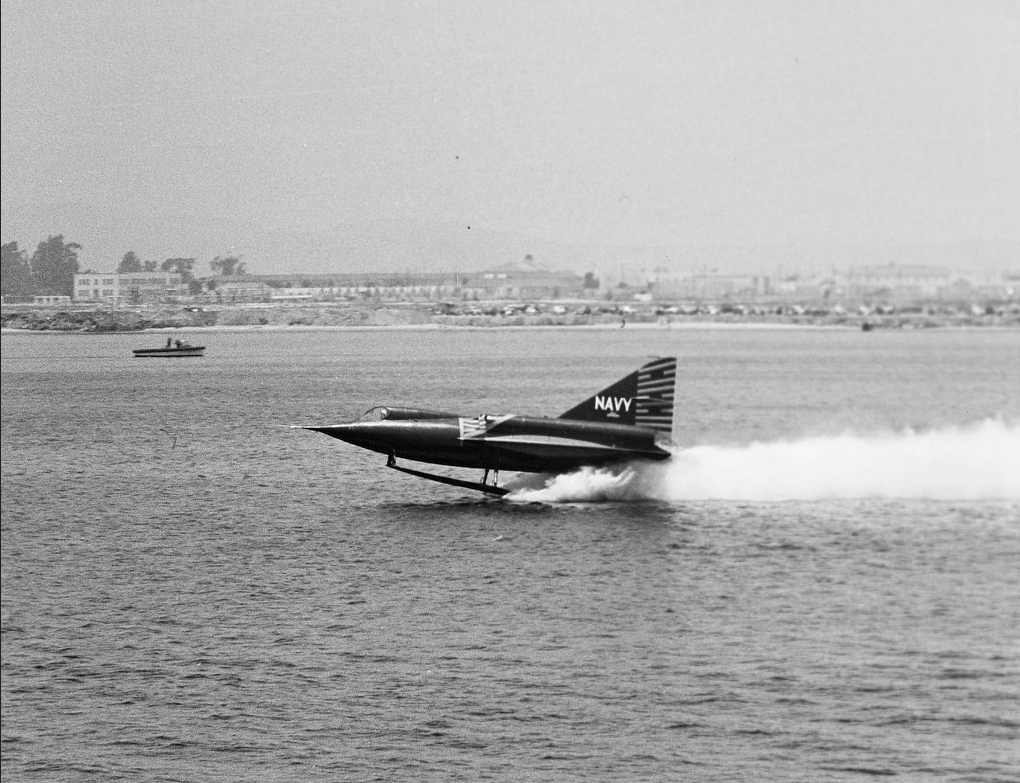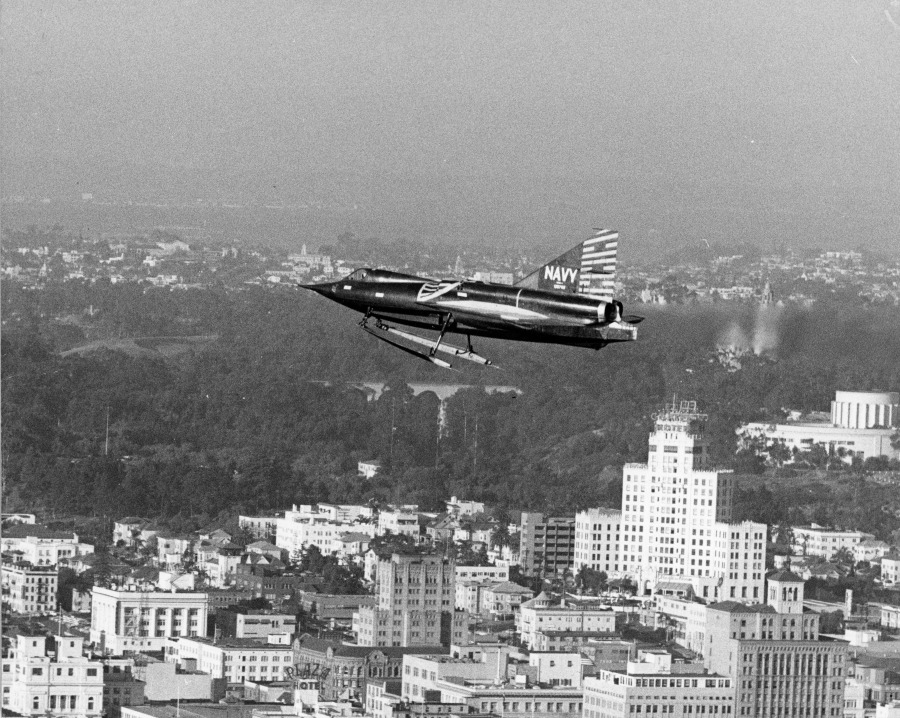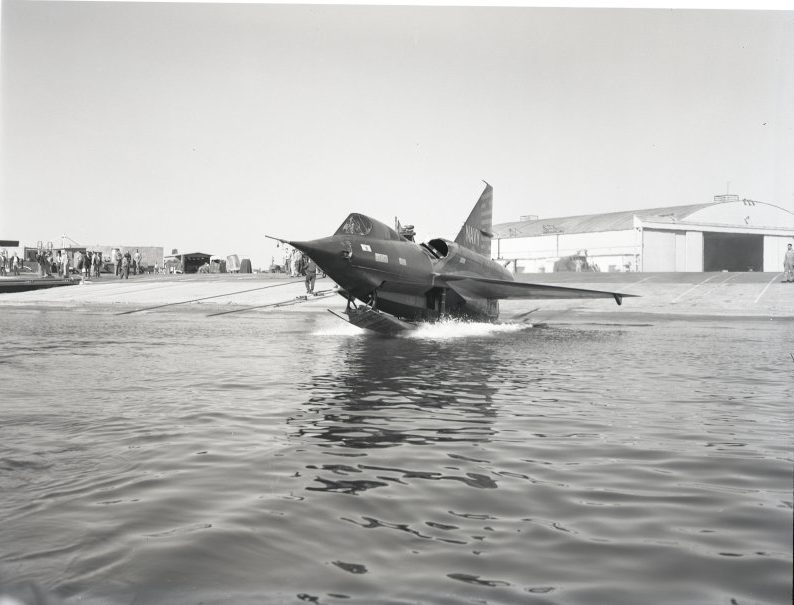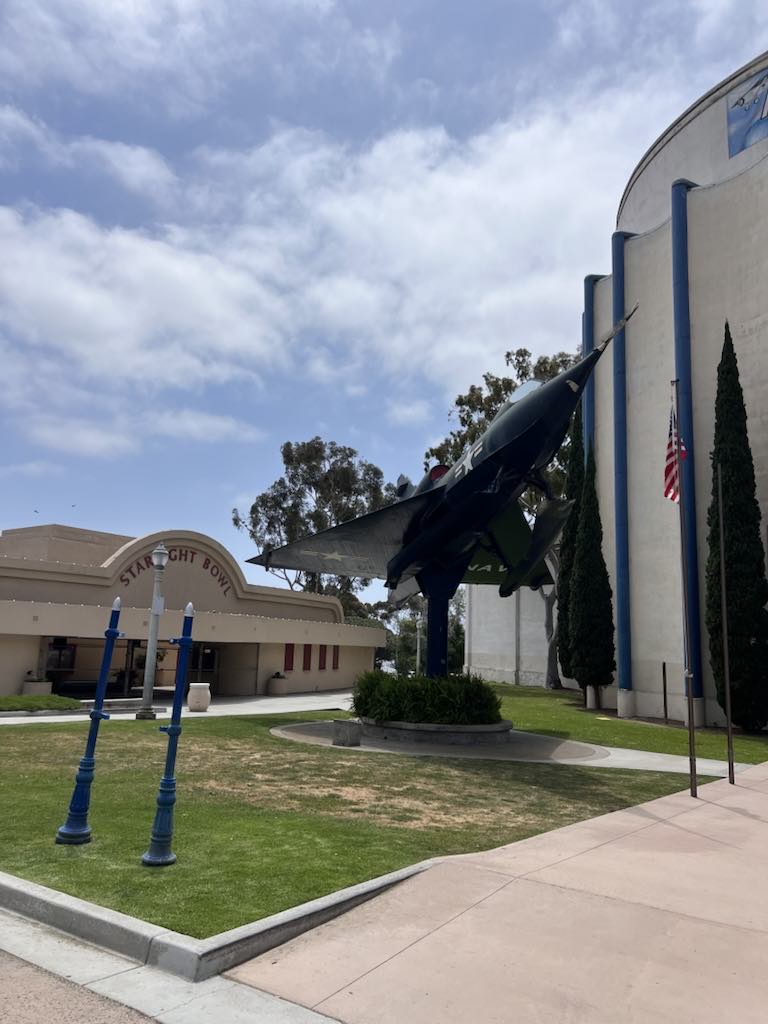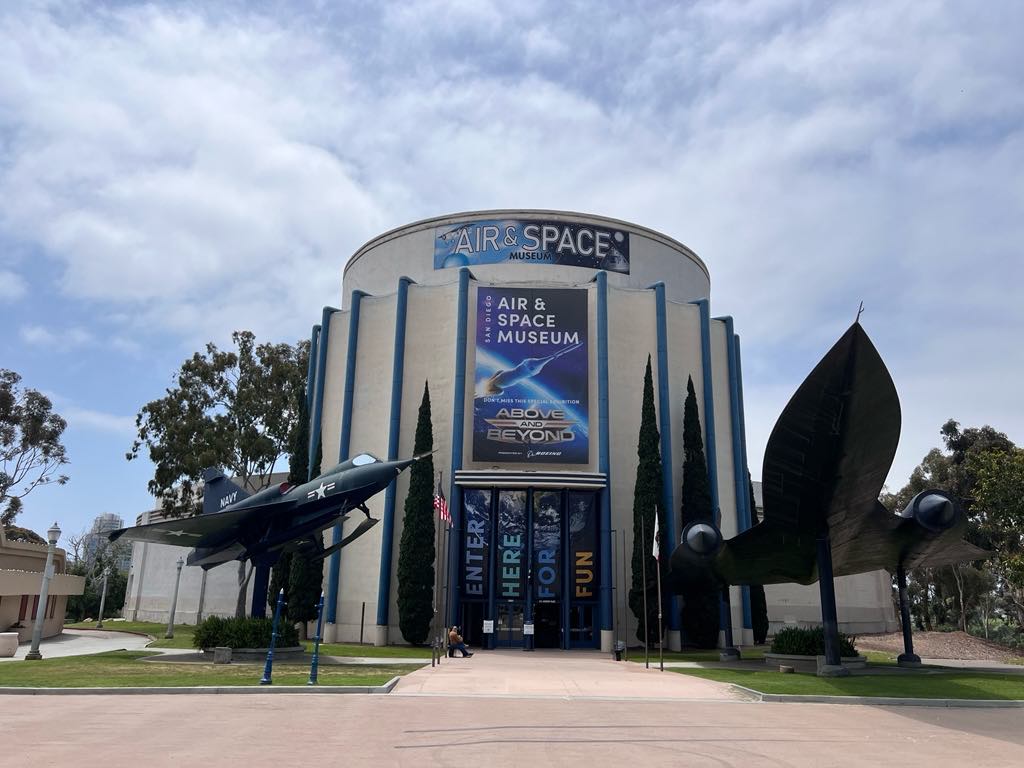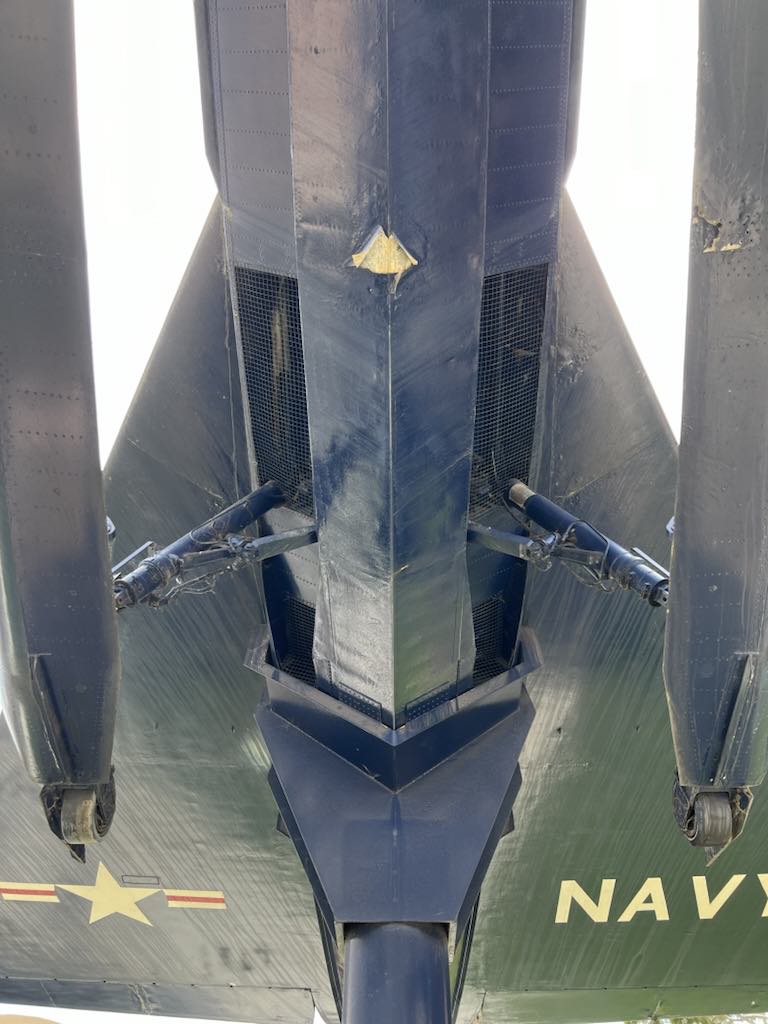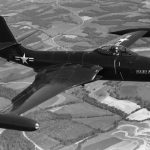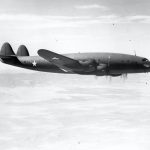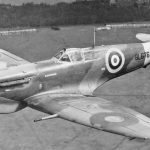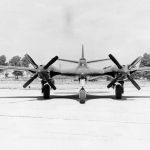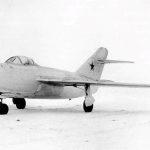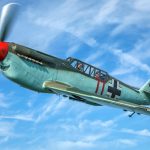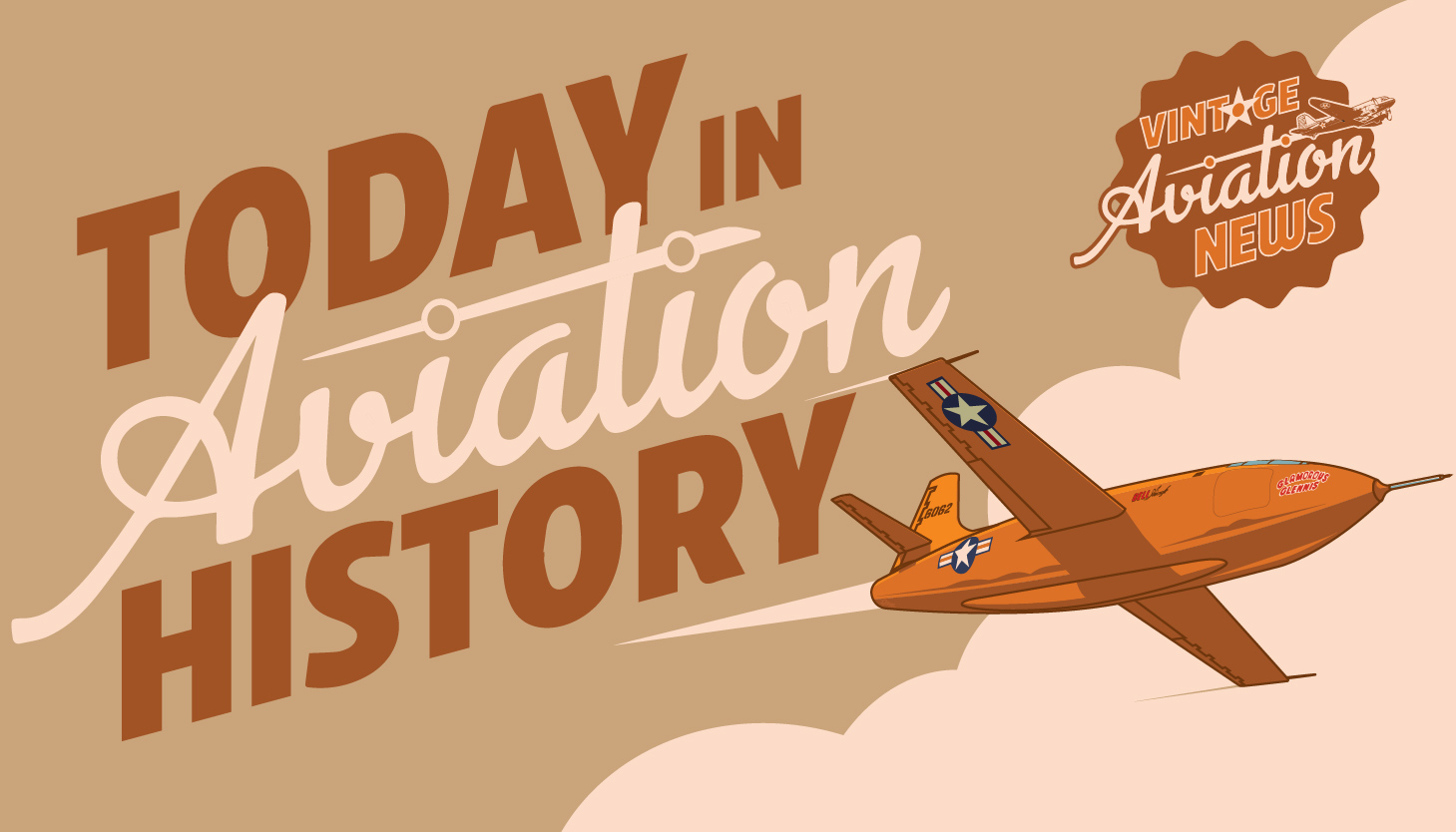
In the early days of the Cold War, the development of a seaplane fighter seemed an anachronism. While there had indeed been seaplanes fighters in both world wars, the construction of more airbases around the world for land-based aircraft and the surplus of aircraft carriers seemed to relegate the idea of a seaplane fighter being obsolete. However, as supersonic aircraft were now emerging from the realm of fantasy to practical tools in military air forces, some in the US Navy felt that with these designs often requiring long takeoff rolls, low speed stability concerns, and landing approach speeds in excess of contemporary naval fighters, especially at a time when angled flight decks had not yet been developed for carriers. It was also hoped that a seaplane fighter could also operate from remote areas that had no airbases but enough water for seaplane operations.
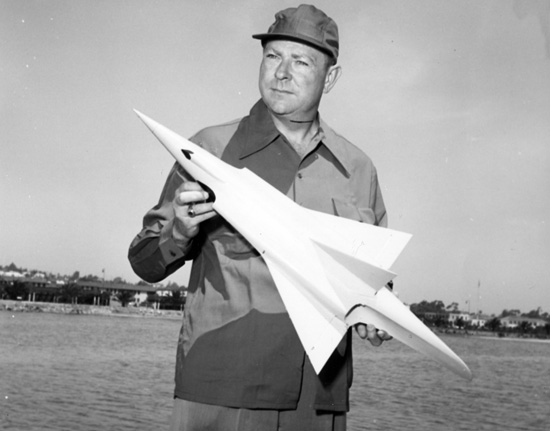
In light of this, the Navy began a design contest in 1948 for a supersonic seaplane interceptor, with Convair entering the competition on October 1, 1948. Convair designed several concepts for water-based jet aircraft, including a swept wing concept known as Projct Skate, but apart from a few scale models, these never left the drawing board. However, since Convair was also developing the XF-92 delta wing prototype for a future Air Force interceptor, the design team at Convair, led by Ernest Stout, proposed a new delta wing aircraft with retractable hydro-skis for takeoffs and landings, a watertight hull, and a single delta tail. In the end, the entry by Convair was selected by the Navy, and on January 19, 1951, Convair was awarded a contract for two prototypes (Bureau Numbers 137634 and 137635) for the XF2Y Sea Dart. Production aircraft were to be armed with four forward firing 20mm Colt Mk 12 cannons, M4 Fin-Folding Aerial Rockets (nicknamed “Mighty Mouse”), and two air-to-air missiles.
The Sea Dart was powered by a pair of Westinghouse J46 turbojet engines (though XF2Y-1 137634 was fitted with two Westinghouse J34s due to procurement issues with the J46), mounted in the fuselage with the intakes placed above the wing. At rest, the aircraft would float using both its buoyant hull design and the underside of its wings. To take off and land, the Sea Dart would ride on two hydro-skis that would retract into the fuselage while in flight. In order to facilitate beaching operations at naval air stations, a pair of small wheels were added to the rear of the skis, along with a tailwheel in order for the aircraft to be towed from a hangar to the launching ramps.
Construction began at Convair’s plant in San Diego, California, where a mockup was completed in August 1952, and the Navy placed an order for 12 production aircraft before the Sea Dart had even flown. On December 14, 1952, the XF2Y Sea Dart began its first taxi tests, with Convair’s chief test pilot, Ellis Dent “Sam” Shannon, at the controls. Taxi testing revealed severe vibration at high speeds, and the skis flexed at the mounts. With Convair’s engineers at work trying to resolve these issues, the first flight was not anticipated until the spring of 1953, but history had an earlier date in mind for the Sea Dart.
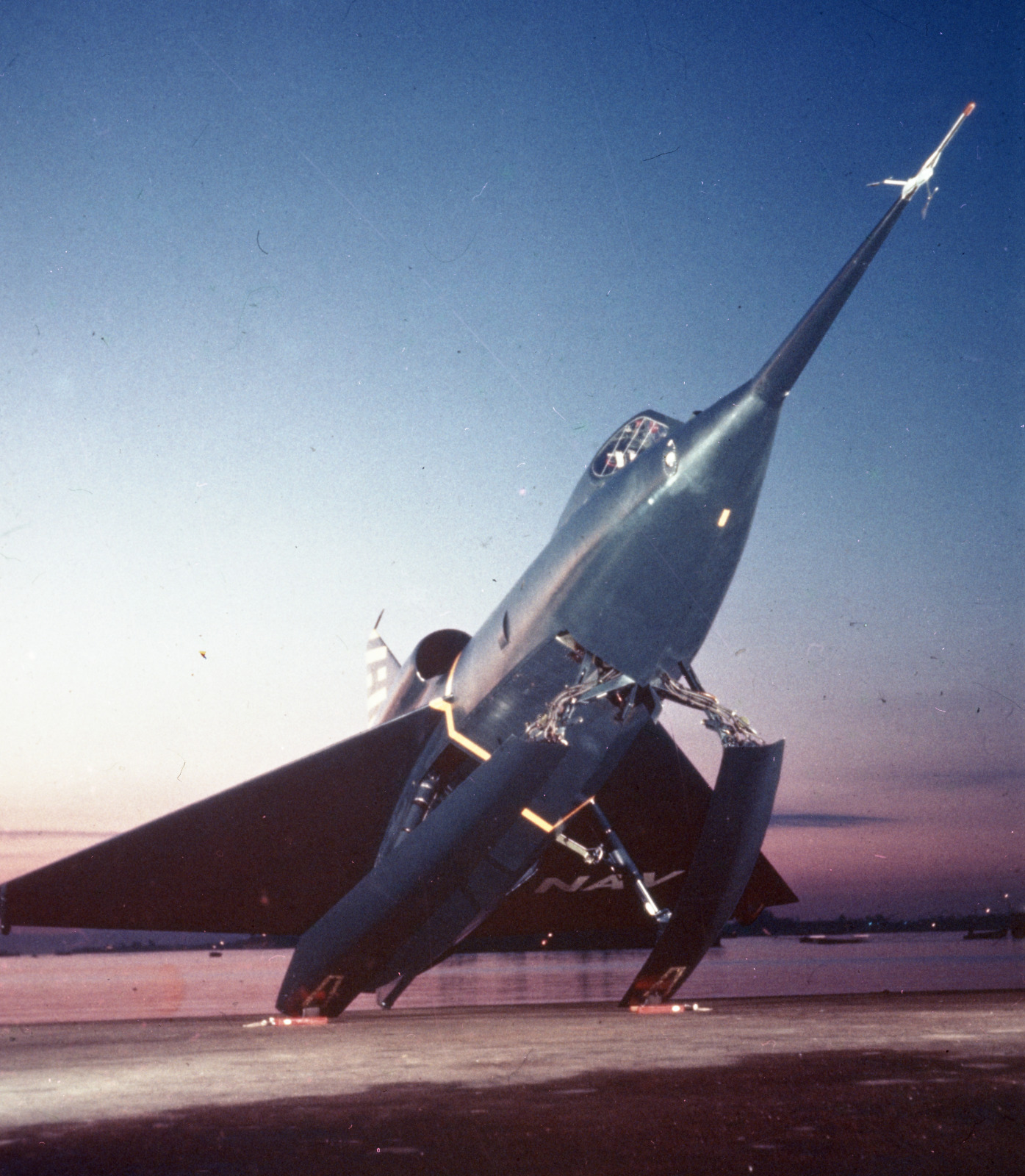
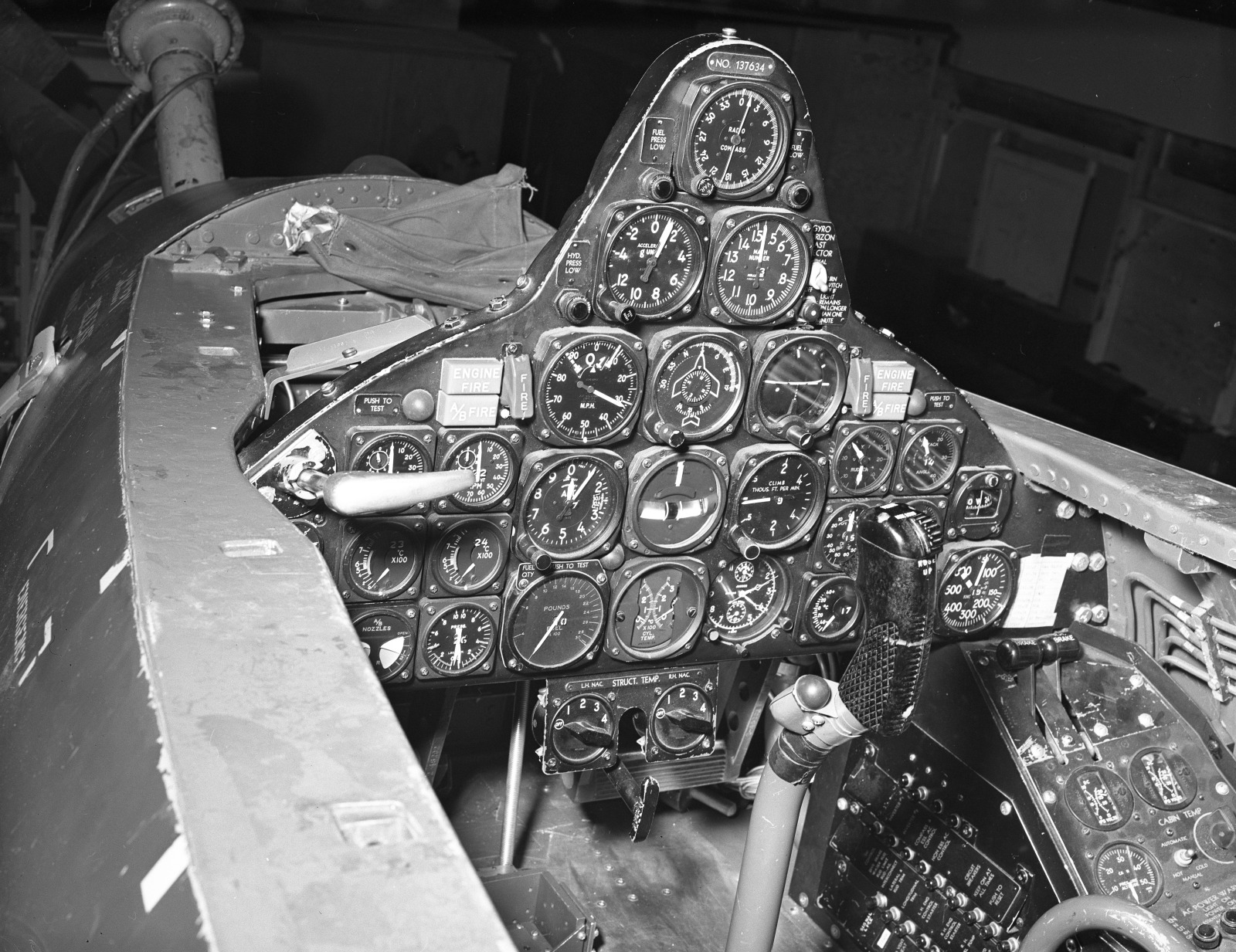
On January 14, 1953, Ellis Shannon took the XF2Y-1 for another series of high speed taxi tests in San Diego Bay. During the test run, the Sea Dart left the water and flew approximately 1,000 feet before settling back down onto the water. The official maiden flight of the Sea Dart took place on April 9, 1953. By this point, however, the vibration issues on takeoff and landing were not resolved, and in the air the design exhibited high transonic drag, greatly reducing its intended performance. But with the J46 now available for the four upcoming YF2Y-1 pre-production aircraft, work on the second XF2Y prototype, BuNo 137635, which featured a single ski design, was cancelled before the aircraft was completed.
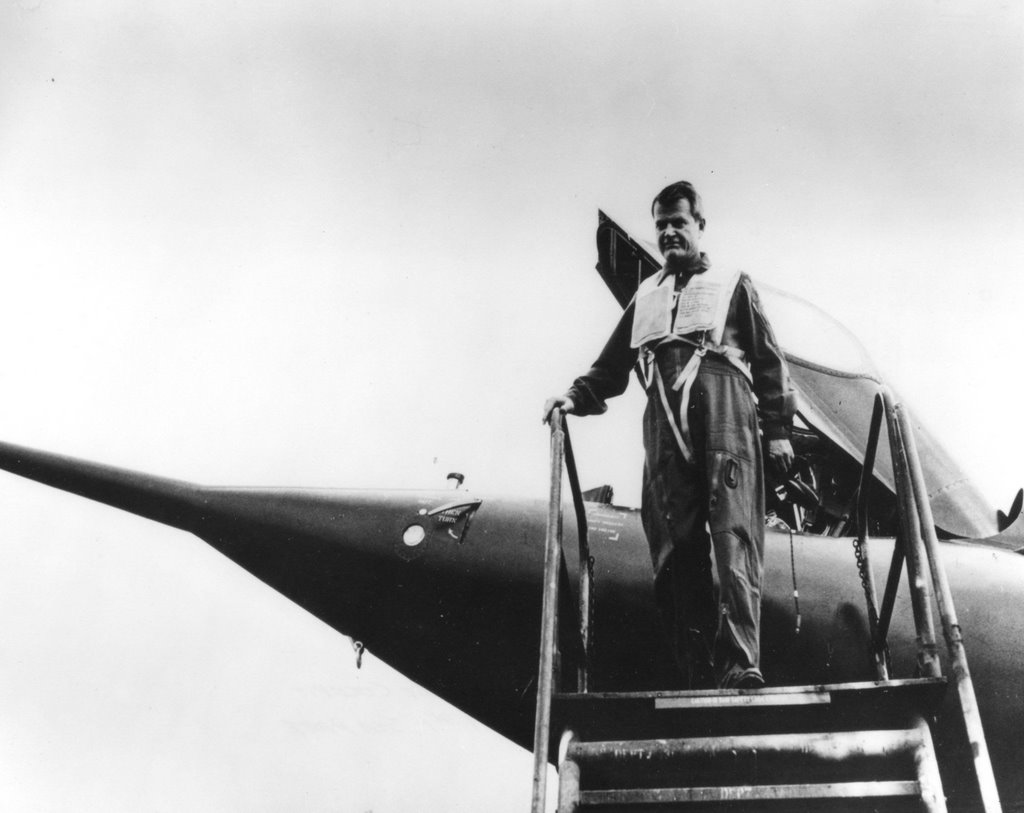
The first pre-production aircraft, YF2Y-1 BuNo 135762, was first flown in 1953 by Convair test pilot Charles E. Richbourg. On August 3, 1954, Richbourg took 135762 up to 34,000 feet and placed it into a swallow dive. In doing so, the Sea Dart broke through the speed of sound, and to this day it remains the only seaplane to have surpassed Mach 1.
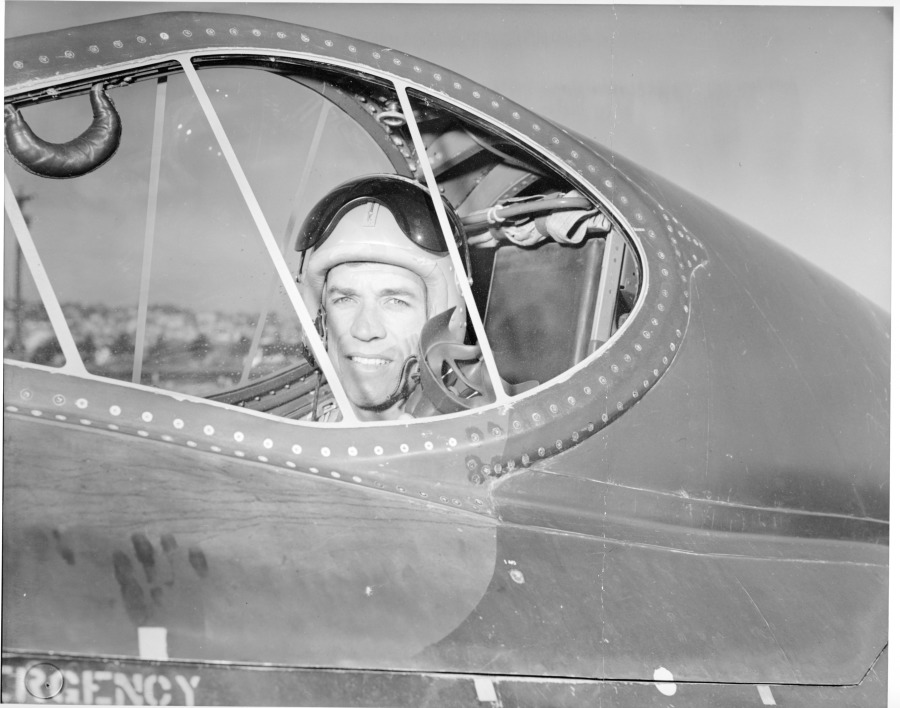
But just three months after the Sea Dart went supersonic, tragedy struck. On November 4, 1954, Richbourg was once again in YF2Y-1 135762, this time conducting a demonstration flight before Navy officials and the press. Suddenly, while conducting a high-speed pass, the nose buffeted upwards and oscillated to the point where the airframe exceeded its limitations and immediately disintegrated and burst into flames before the horrified spectators. Navy frogmen dove swiftly into the water to free Richbourg from the cockpit, which fell ahead of the flaming debris. Though the divers brought Charles Richbourg to the surface, he died of his injuries on the launch ramp.
While flight testing resumed after the tragic accident, the Navy had already seen that the Sea Dart’s days were numbered. Existing carriers in the fleet could now accommodate more conventional fighters, and larger carriers such as the Forrestal class were already under construction. What’s more, the vibration issues from the skis were still ever present, and the contemporary fighters promised even greater speeds without having to make the same hydrodynamic compromises that the Sea Dart had to make, and even the large flying boat transports and maritime patrol aircraft were on their way out as well. By 1957, the Sea Dart program was cancelled, with only five aircraft (one XF2Y, four YF2Ys) having been completed, and of those the final two airframes (YF2Ys 135764 and 135765) were never flown.
Today, all four surviving Sea Darts can be found in museums across the United States. XF2Y-1 BuNo 137634, which was later upgraded with Westinghouse J46s and tested with a single ski design, is in storage with the National Air and Space Museum, YF2Y-1 135763 is displayed at the San Diego Air and Space Museum in California, 135764 is at the Wings of Freedom Aviation Museum in Horsham, Pennsylvania, and 135765 is displayed at the Florida Air Museum in Lakeland, Florida.
While the Convair F2Y Sea Dart never went into operational service, it provided valuable data for future designs, and the delta wing would become something of a trademark for Convair’s interceptors, such as the F-102 Delta Dagger, which flew six months after the Sea Dart, and the F-106 Delta Dart. However, despite the Sea Dart’s clean lines, it could not escape the fact that the end of the floatplane was already in motion before it even took to the air.
Today in Aviation History is a series highlighting the achievements, innovations, and milestones that have shaped the skies. All the previous anniversaries are available HERE







